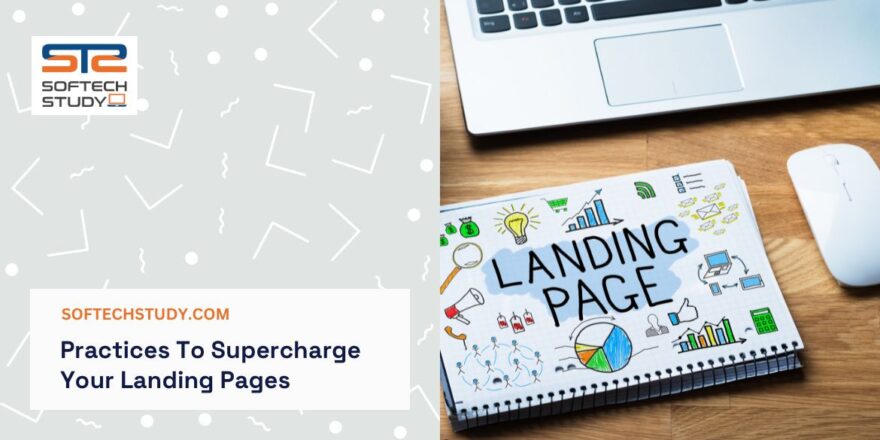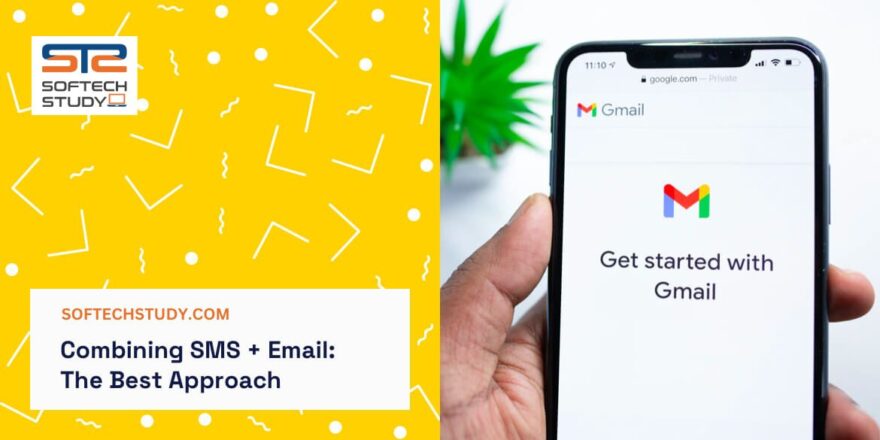Learn how to get more visibility on Google, even with search changes and AI results.
The Rise of Zero-Click: Why Rankings Don’t Equal Traffic Anymore
As searching evolves, artificial intelligence summaries now show in over 13% of queries.
This lead to nearly 60% of searches on Google ending without a click this past year, greatly shrinking the conventional source of search traffic to a website.
As well as are you fighting for space against the normal blue links, you’re now competing with artificial intelligence-generated answers that package every link up before a user even considers a click.
Which means that “we got here to the top” situation doesn’t ensure anyone actually sees what you do.
So, even if your brand gets a top ranking, it might never translate into visibility. That’s the reality of today’s zero-click environment, and it is what causes the knowledge gap — a challenge that every marketer now has to solve.
What Is Zero Click?
A “zero-click” search occurs when a user gets their answer straight on the search outcomes page through highlighted excerpts, knowledge panels, or artificially intelligent overviews without the user ever clicking with to a website.

For consumers, it’s fast and easy. For brands, it means fewer opportunities for visitors to actually appear on your site, even when you’ve won a top ranking. Think of it as the search engine (and increasingly, AI) limiting people inside its own environment rather than putting them out to study yours.
This is where the knowledge gap comes in.
What Is The Awareness Gap?
The understanding gap is the place in which your material is seen, though it does not belong to your brand.
Even if your brand shows in those outcomes, you might not observe the traditional signals like business or time on site that prove the impact you have. People may have heard your name or acquire part of the information you provide, but that exposure isn’t included in your metrics.
The gap is the gap between being seen while being measured, and closing it needs a new framework for visibility and recall.
How Zero-Click Reshapes Discovery
The no-click trend becomes most damaging at the beginning of the customer path. Your internet presence used to be Rome; finally, all roads led there. Now? Fewer and lesser organic roads remain. That means the earlier interactions with the brand are disappearing.
Here’s what this means for marketing today:
• Fewer chances for finding. If people never click, they don’t see your story. All things that affect early impressions, such as your messaging, the imagery you use, and your value decorations, get skipped.
• SEO lose some steam. While search performance still matters for long-term accessibility (hello, LLMs absorbing and citing material), its ability to drive the top of the funnel awareness has diminished to what it used to be. In a single-click world, amazing material may rank, yet it will never get seen.
• Competition gets fiercer. If you’ve relied heavily on organic strategies alone, rivals who invest in paid ads are currently likely to edge you out. Ads still sit above AI overviews in many results, and that’s great real estate that’s hard to ignore.
• Research moves elsewhere. With packed Serp and often confusing AI suggestions, users have shifted their study off the conventional search platforms to other places. Social media, communities, and unofficial avenues are becoming vital resources for educational material that sounds clearer and more trustworthy.
Bottom line: the earliest doors to finding your company’s name are closing rapidly than they’re opening. It takes an unfamiliar set of channels to ensure you’re still a component of the talk.
3 Steps to Reclaim Top-of-Funnel Presence
So what’s an advertising professional to do? Is every chance lost?
Show up to where they are still settling in: relevant active sites that offer clear space for advertisements to your target audience.
Advertising presents a direct and reliable answer to the awareness gap.
Unlike organic results, paid campaigns ensure an immediate and prominent appearance on SERPs and other digital platforms. That means eyeballs on your advertisements, even if a person doesn’t click on them.
Consider paid ads as some sort of insurance policy against company invisibility on the SERP.
Remember: early memories = stronger remembering later in the funnel. The importance of standing up first cannot be overstated. Even if a person doesn’t click on your ad, having them come across to your name, logo, or key message encourages familiarity. Initial recognition makes your business standout when it comes time for consumers to convert.
Step 1: Implement An Awareness-Focused Advertising Strategy
If you made it here far, you’re likely laughing along: the zero-click paradigm is here, and advertisements has to play an even greater part. But at which do you start? The positive aspect is you don’t need to change everything overnight. Instead, consider what you’re paid as a deliberate layer which improves the brand recognition you’ve endured working hard to build naturally. Here’s the first step in making those changes in a way that feels purposeful, not scattered:
Leverage common questions
Run both display and search advertisements tied to popular zero-click queries. Many of the searches most affected by zero-click are based on information: “what is,” “how to,” and “why are these questions that rarely result in clicks. Instead of letting that traffic disappear into AI overviews, run both display and search advertisements against these queries. Your brand may not get the click, but it will get the exposure, ensuring you stay part of the subject matter even when Google is trying to keep consumers on the page.
Connect with tomorrow’s customers today. AdRoll makes brand recognition ads work for you. Get started with a demo.
Use what you already know
Build campaigns to raise awareness in areas where your company’s image already shows up. If you’ve won a featured snippet or knowledge panel, don’t leave it unsupported. Pair that spontaneous placement with a customized ad so your brand is displayed twice on the same page. This kind of overlap creates a halo effect: users perceive your company’s reputation as both authoritative and inevitable. It’s one of the fastest ways to strengthen recall.
Improvements don’t replace SEO
Paid promotion isn’t an equivalent for effective organic influence, it’s an amplifier. Use ads to strengthen your authority and extend the reach of your genuine work, not cover for it. Think of the two outlets as partners: SEO earns you credibility, while ads ensure visibility. Together, they build a more thorough visibility strategy that keeps you top of awareness across formats and touchpoints. And don’t forget: LLMs and AI overviews continue to acquire knowledge from organic cues. If your content isn’t strong enough, your ads are unlikely to carry the same weight.
At the end of the day, this isn’t about rejecting what has always worked. It’s about guaranteeing that your brand shows up where finding is actually happening, whether that means in a blue link, a piece of content, or a sponsored placement.
Step 2: Measure Zero-Click Strategies The Right Way
Here’s the problematic part: in a zero-hit world, conventional measurements don’t always tell the entire story. If you’re only watching native traffic, it may look as though that your efforts have been failing. But the truth is that influence takes place upstream, beforehand a user ever comes on your site.
Here’s what should be measured instead:
• Branded search volume. If greater numbers of consumers are searching for your brand name directly, this indicates your awareness scheme is working. This is often the most readily apparent leading sign of recall.
• Visibility share. Track how often your brand shows in SERPs, featured snippets, AI overviews, and paid advertisements, even if it doesn’t result in a click.
• Impression lift. Ads may not promote rapid conversions, but repeated exposure improves recognition. Measuring perceptions alongside recall polls can help trace the dots.
• Engagement on unowned channels. As research moves to social and communities, measure where your material for education starts conversations and shares independent of your own site.
The key is to change from measuring arrivals to measuring presence. Visibility in high-authority places, whether by way of organic or paid efforts, is an emerging top-of-funnel KPI.
Step 3: Connect The C-Suite To Zero-Click Strategies
Of course, metrics are only useful if the leadership organization understands them. However, many executives continue to view organic traffic as the highest possible level. So when traffic slows, even for causes beyond your control, it can appear to be a problem.
This is where your involvement as a translator is important. You need to shift the debate from clicks to accessibility, and from pageviews to presence. The communication to the C-suite should sound like a strategic adjustment rather than an apology:
• A decrease in organic visitors does not indicate a decrease in impact. Zero-click means that users may never visit your website, yet they will still see your brand. Visibility has impact. • Your brand may be appearing more frequently. The issue is measurement, not presence. Snippets, AI overviews, and social interactions do not appear in traffic charts, but they do influence perception.
• Advertising fills a gap. Paid initiatives ensure that your brand is not invisible at the critical moment when prospects develop their initial impressions, making them an ideal compliment to organic efforts.
The approach to make that stick with leaders is to use narrative. Demonstrate how early impressions contribute to brand memory. Connect brand search growth to remember. Create the impression that what appears to be “less traffic” is actually “more visibility in new places.”
Executives prioritize competitiveness and long-term growth above line graphs. So tell them that being the name that people remembers when it’s time to spend money is the true victory. Presence creates memory, and knowledge drives future pipelines.

Zero-Click Isn’t the End. It’s Your Advantage If You Move First
Zero-click does not mean the end of advertisement as we recognize it. It’s only the most recent development in how customers discover and appreciate brands. Marketers who adjust their methods, merging organic authority with purchased presence, reframing the metrics they use, and assisting their companies in understanding what visibility truly means today, will be successful.
The comprehension gap is significant, but it also represents an opportunity. By reimagining how you assess, share results, and appear at the leading edge of the channel, you might position your brand to succeed within a marketplace where discovering no longer relies on a click.





